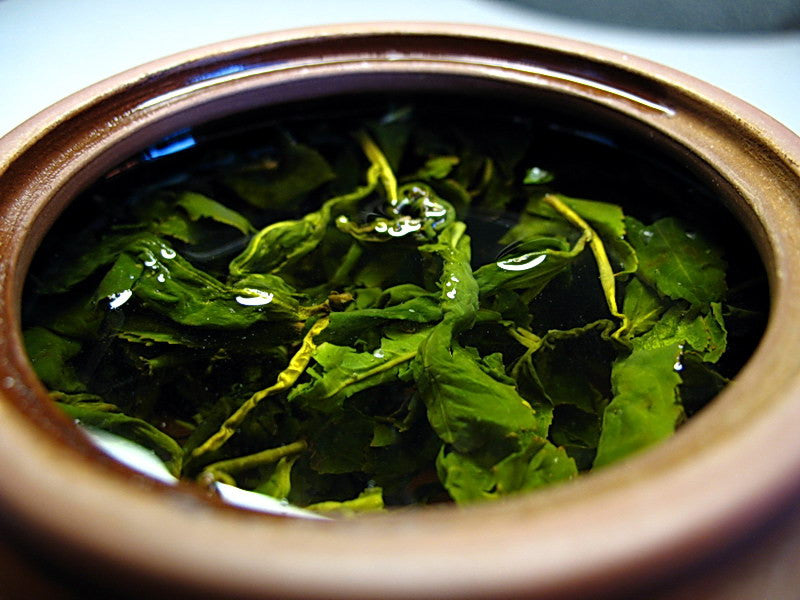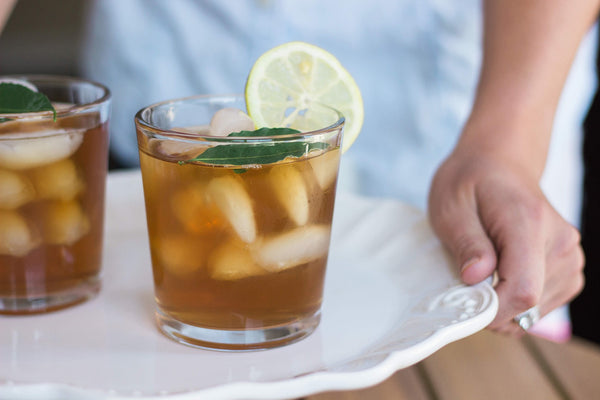
One night, Guanyin appeared to Mr. Wei in a dream. She told him that she knew of a hidden treasure. She would tell him the location of this treasure, as long as he promised to share it with the others in the village. Due to his generous nature, Mr. Wei agreed. Guanyin told him of a single plant stalk, found in a cave hidden behind the temple. Mr. Wei found this stalk, planted it and the nurtured it until it produced a large bush. He then took this bush and gave cuttings to all of the people in the region. The people in the region grew the tea, making their formerly poor farming area one of the most prestigious (and prosperous) tea growing regions in the world. This story is the legend of Tie Guan Yin tea, also known as the Iron Goddess of Mercy. While historians view it as a legend, the tea is so good that you can almost believe it was handed down by the Gods.
Tie Guan Yin is the most popular Oolong in the world
Tie Guan Yin is one of those “gateway” teas, as I like to call them. If you have never tried an Oolong before, this tea can give you a hint of how amazing and complex the flavor from tea can be. Once people try a good Tie Guan Yin, a lot of times they turn from tea drinkers into tea fanatics.
The aroma is like fresh flowers on a spring day
After you brew a Tie Guan Yin, it smells a bit like a French Chardonnay or Burgundy. The light sugariness is complemented by fresh gardenia and orchid flowers. Tie Guan Yin smells like a spring garden the first thing in the morning when the flowers are still fresh with dew.
The flavor is creamy with a touch of sweetness
Since most Tie Guan Yin’s are lightly fired these days, the taste is light and refined, yet full of flavor. Tie Guan Yin has pronounced flavors of buttered toast with hints of burnt sugar. The finish is creamy, sweet and lingers on your tongue for minutes after your first sip.
Is it expensive?
No, not when you know how to brew it. While it may seem expensive, the thing to remember about Tie Guan Yin is you can brew it multiple times. As you keep steeping the tea, it actually starts to taste better. Many experts think that the best tasting steep is usually the third or fourth. This tea should be brewed up to seven times (or more) using short steeping periods. For this tea, you want to use double the amount of tea as usual (for a total of 7 grams) and steep it as follows at 180 degrees F: 1st steep: 30 Seconds 2nd Steep: 30 Seconds 3rd Steep: 45 Seconds 4th Steep: 1 Minute (For 5th Steep and on, add 15 seconds every time you steep your tea).
Summary
Tie Guan Yin is famous for a good reason. Legend says it is a gift from the Gods, but I personally think that no matter where it comes from it is plain delicious. If you have not tried this amazing tea, do your taste buds a favor and try some. It will definitely be worth your while!
photo: www.flickr.com/photos/aoisakana/92000296
Leave a comment
Comments will be approved before showing up.


